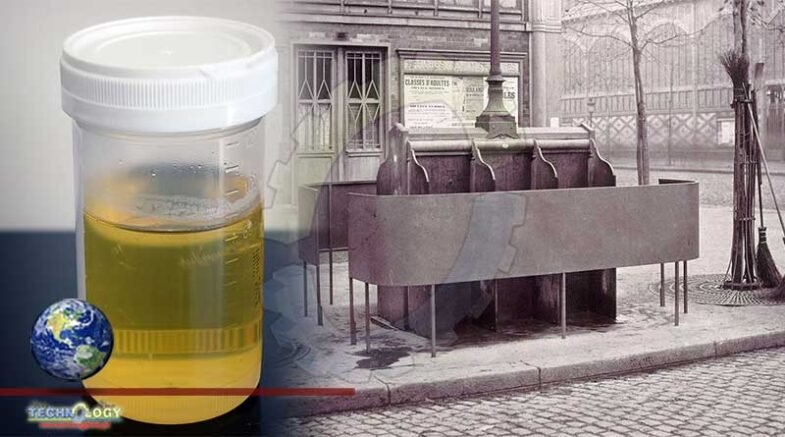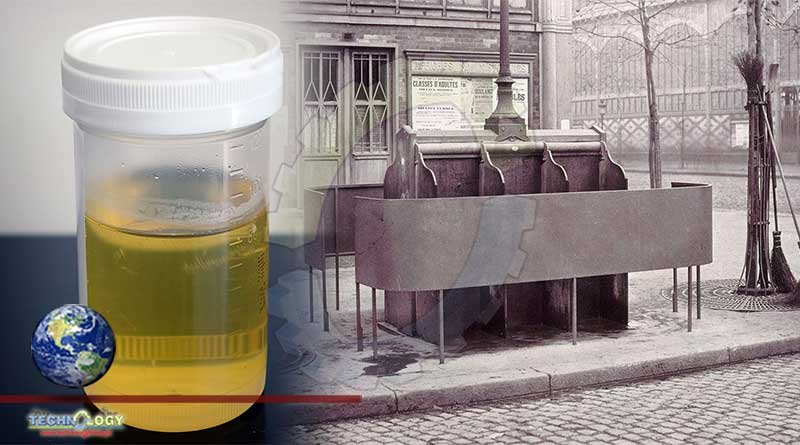Chen Wei-Shan believes he has found yet another use for urine. He plans to use it to generate heat from waste wood without the use of fire.

URINE, THOUGH Restrained by modern society, it was once surprisingly useful. Laundry facing the streets of ancient Rome was fitted with pisoir to provide free raw materials to passers-by in need of relief and ferment it into a degreasing agent. Urine also found employment as a mediator to help dye the fabric. Scottish tweed was once notorious for its smell when wet. Urine was also a source of potassium nitrate, one of the components of gunpowder.
Currently, Chen Wei-Shan of the University of Wageningen in the Netherlands believes he has found yet another use for urine. This is related to today’s needs, not yesterday’s. He plans to use it to generate heat from waste wood without the use of fire.
Burning firewood is a good source of heat and can be seen as sound from the perspective of greenhouse gases. That’s because the carbon dioxide released into the atmosphere comes from there in the first place, and if you simply rot the wood in question, it will return there anyway. However, firewood fire also has environmental disadvantages because it releases sulfur dioxide, carbon monoxide, and other harmful gases along with its CO.2..
As a result, researchers have sought ways to release the latent heat of wood by composting rather than burning. Unfortunately, unlike other things that are composted on a daily basis (eg feces and waste), wood itself does not contain a sufficient range of nutrients to maintain the associated microorganisms. To digest it, these bugs require dietary supplements. And they (like ammonium chloride) are too expensive for everyday use.
But urine is cheap. Or, if there is a routine way to collect urine. It also contains large amounts of nitrogen and potassium (as its use in gunpowder shows) and phosphorus (an element that happened to be discovered by an alchemist trying to extract gold from urine). All of these are the nutrients that composting insects need to thrive.So as he writes acs Sustainable chemistry and engineering, Dr. Chen decided to give it a try.
To this end, he and his colleagues added urine to the kiln-dried ash trees and composted the results into glass bottles. Part of this urine was actually a synthetic version, so its composition was known exactly. The rest was donated by a 28-year-old man who had not been on medication in the last two years. During the course of the study, both artificial and natural urine were diluted to varying degrees.
In the first week of the experiment, the team discovered that oxygen consumption, wood consumption, and heat generation all increased rapidly within the jar. But when things settled down, it was clear that something was happening in natural urine that synthetic urine did not. The highest synthetic urine dilution (1 in 5 parts of water) reduced the mass of wood by 13% after 40 days. The highest natural urine dilution (1 part of 8.5) resulted in a 20% loss.
It is unclear why natural urine is more effective than artificial urine in a task set by Dr. Chen. He speculates that this is because natural urine is slightly acidic, which is important for some of the associated bugs. Especially one, but he hasn’t solved it yet.
Previous experiments have suggested that well-nourished wood compost piles can maintain an internal temperature of 40-55 ° C for extended periods of time. This is high enough to help heat the building, and with a little boost, it will probably also help provide hot water. Commercializing an idea means designing a suitable reactor and heat exchanger, but waste wood fuel is cheap. Given the cost of properly establishing a dedicated network of collection points, it is not clear how to collect the required urine in bulk. But governments thinking of doing so may be encouraged by the fact that in Rome, Emperor Vespasian imposed a lucrative tax on city urinals.
Originally Published The Economist
